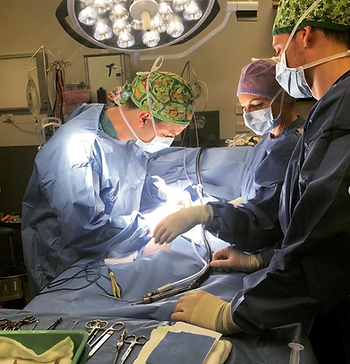Daisy
- Abbie Tipler

- Dec 27, 2022
- 1 min read
The story of a little rescue kitten with hydrocephalus:

When Daisy was 8 weeks old she was diagnosed with hydrocephalus. This is a condition where there is a distension of the ventricular system of the brain due to inadequate drainage of cerebrospinal fluid (CSF). CSF flow can be affected anywhere along the pathway from the site of formation (choroid plexuses of the lateral, third and fourth ventricles), to the regions of absorption in the cranial and spinal arachnoid villi. Congenital hydrocephalus, as was the case for Daisy, is present from birth. An obvious site of obstruction of CSF flow is often not apparent. Signs of hydrocephalus may include an enlarged, dome-shaped head (as was the case with Daisy), ill-thrift/failure to thrive and neurological dysfunction, for example, cognitive dysfunction, ataxia, circling, blindness or vestibular dysfunction. Daisy managed well until 9 months of age, when she suddenly took a turn for the worse and couldn't ambulate. Treatment was emergency brain surgery - a cerebrospinal fluid shunt. The current shunt of choice is a ventriculoperitoneal shunt to divert CSF from the fluid-filled brain, into the abdomen. A special thank-you to specialist surgical neurologist Dr Patrick Kenny from SASH, Sydney for all your help and guidance with this case. - this was very much appreciated from everyone here at VSS, Brisbane. Daisy is doing well post surgery, and we are all so happy for her.



留言